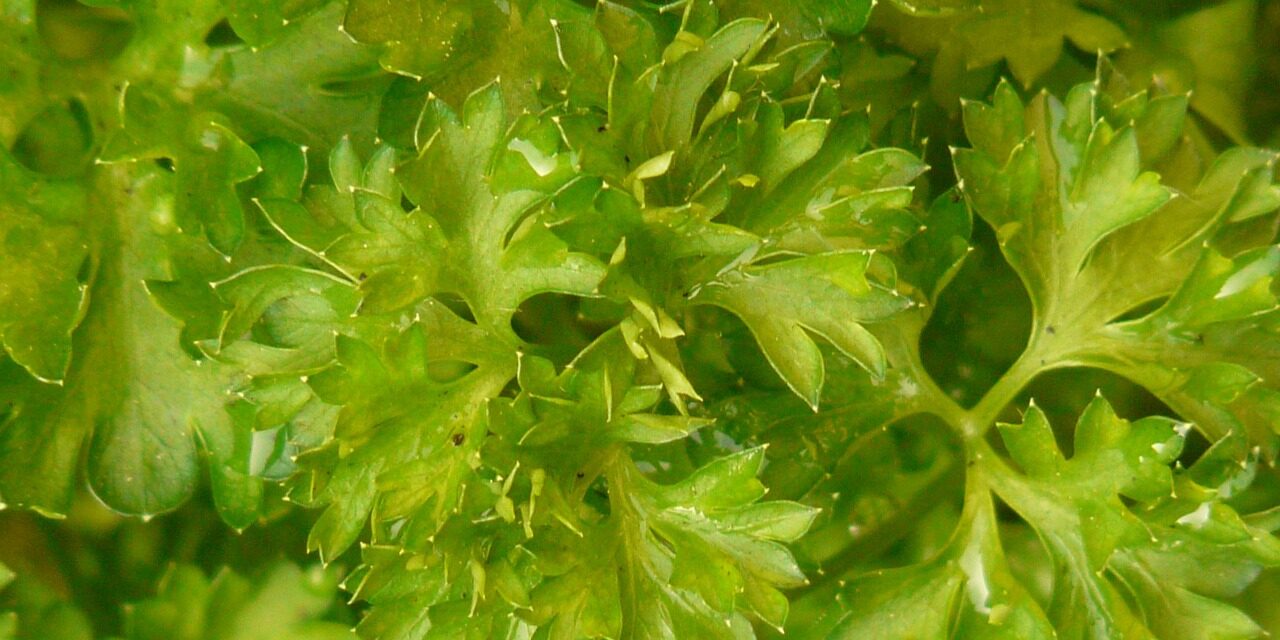Hello, green thumbs and foodies!
As a gardening enthusiast and an avid cook, I’ve found a delightful partner in my curly parsley. This humble herb has made a grand entrance into my kitchen, offering subtle flavor and a beautiful garnish to my culinary creations. If you’re here to learn about cultivating and harvesting this gem year-round in Sacramento’s Zone 9b, let’s embark on this verdant journey together!
Curly Parsley: The Unsung Hero in Your Herb Garden
Curly parsley (Petroselinum crispum) is a lovely herb recognized by its lush, green, and—yes, you guessed it—curly leaves! Though it’s often sidelined as a simple garnish, this herb is a culinary powerhouse, bringing a fresh, crisp flavor to sauces, soups, and salads.
Curly Parsley’s Ideal Home: Location and Sunlight
Choosing the perfect spot for your curly parsley is the first step to a thriving herb garden. Here are a few tips:
1. Sunlight: Curly parsley thrives in full sun to partial shade. It appreciates a bit of respite from the intense Sacramento summer afternoon sun. Hence, a location with morning sun and afternoon shade is perfect.
2. Soil: Curly parsley prefers rich, well-draining soil. A loamy soil rich in organic matter will ensure your parsley flourishes.
Curly Parsley’s Quenching Quest: Watering Requirements
Like many herbs, curly parsley likes soil that is consistently moist but not waterlogged. Aim to water your parsley when the top inch of the soil feels dry. In the heat of our Sacramento summers, you may need to water your parsley every other day.
Propagating Parsley: Keeping the Green Going
Curly parsley can be propagated from seeds or cuttings. For cuttings:
- Select a healthy stem about 4 inches long.
- Remove the lower leaves, leaving a few at the top.
- Submerge the cut end in water.
- After a few weeks, roots should appear, signaling it’s ready to plant!
Harvesting Year-Round: The Curly Parsley Dance
One of the joys of growing curly parsley is the ability to harvest year-round. When harvesting, clip from the outer portions of the plant, which allows the center to continue growing. You can begin to gather when the plant is roughly 6 inches tall.
Though parsley is biennial, with proper care, it can grace your garden throughout the year in Sacramento’s Zone 9b. During the cooler months, a layer of mulch or a row cover can offer protection against frost.
As we conclude this curly parsley adventure, I hope you are inspired to try growing this marvelous herb. There’s a simple joy in adding your homegrown herbs to meals, not to mention the rewarding process of tending to your garden.
Before we sign off, let’s address a few curly parsley queries:
Q: My curly parsley is flowering. What should I do?
A: When your parsley flowers, it’s focusing energy on producing seeds, not leaves. You can delay this by pinching off the flowers as soon as they appear.
Q: Can I grow curly parsley indoors?
A: Absolutely! Ensure your curly parsley receives at least 6 hours of sunlight and keep the soil moist but not waterlogged.
Q: My parsley’s leaves are turning yellow. What could be the issue?
A: Yellowing leaves can indicate overwatering or poor drainage. Ensure your parsley’s soil is well-draining and adjust your watering schedule as needed.
Make the Most of Your Curly Parsley in the Kitchen
Not only is curly parsley an attractive addition to your garden, but it’s also a versatile ingredient in the kitchen. From brightening a dish with its fresh, crisp flavor to adding a decorative touch as a garnish, curly parsley is a delight to cook with.
Here is how to get the very most out of your homegrown parsley:
1. Fresh is Best: Use your freshly harvested parsley as soon as possible for the brightest flavor. But don’t worry if you can’t use it immediately; it will stay in the refrigerator for about a week.
2. Freeze for Later: You can freeze your parsley for future use. Chop it up, place it in an ice cube tray, cover it with water, and freeze. These handy parsley cubes can be added directly to soups and stews.
3. Drying: Although curly parsley is usually fresh, it can also be dried for extended storage. Hang bunches of parsley in a warm, well-ventilated area until completely dry, then crumble the leaves and store them in an airtight container.
Bringing it All Together: Enjoying the Fruits (or Herbs) of Your Labor
Cultivating your curly parsley in Sacramento’s Zone 9b is a rewarding endeavor that adds beauty to your garden and flavor to your table. From choosing the perfect spot to watering, propagating, and harvesting, each step brings you closer to that satisfying moment of sprinkling your homegrown parsley onto your favorite dishes.
As we conclude our parsley parade, I hope this guide encourages you to embark on your curly parsley journey. Fresh, homegrown herbs taste unmatched, and their vibrant presence in your garden is a joy to behold. So, why not step into your garden, get your hands dirty, and start growing?
Before we bid adieu, let’s tackle one last question:
Q: I’m seeing small, black insects on my parsley. What are these little insects, and how do I go about getting rid of them?
A: They could be aphids, a common garden pest. Try blasting them off with a strong stream of filtered water, or use an insecticidal soap for a severe infestation. I also like to use natural neem oil.
Remember, every garden adventure comes with its unique set of challenges and triumphs. Embrace them all, and you’ll be rewarded with a thriving garden and a bounty of fresh, flavorful herbs.





